- Joined
- Oct 19, 2013
- Messages
- 5,924
This above is everythingI like that it’s less deep. I didn’t want to set a deep stone because I don’t like high set rings. I like the way Jerry cut it but I can’t pinpoint why because it more or less looks the same and I can’t comment on how cutting styles affect anything cause I don’t know anything about that. I like that it’s no longer an egg shape with weird flea bites.
It’s beautiful!
I love looking at recuts. It’s an amazing journey and thank you for letting us tag along and look over your shoulder in real tine!

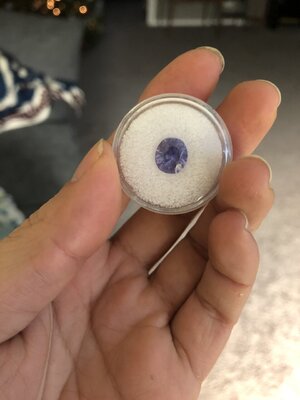
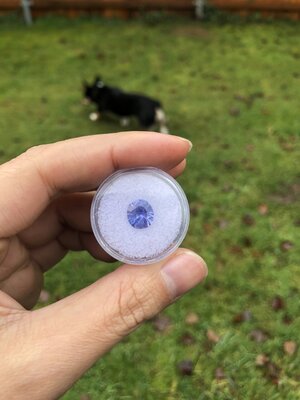
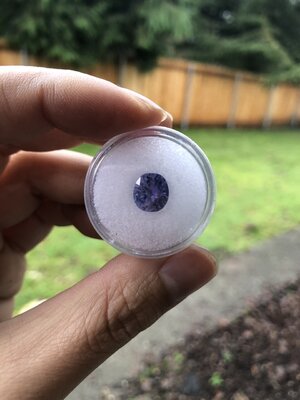
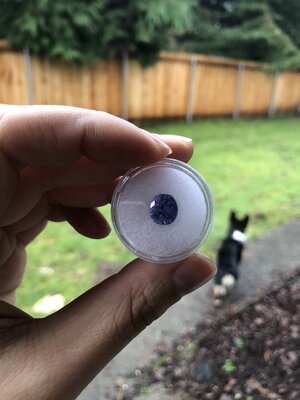


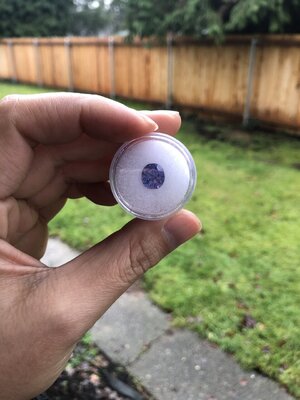
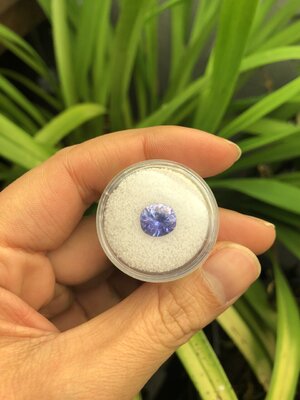

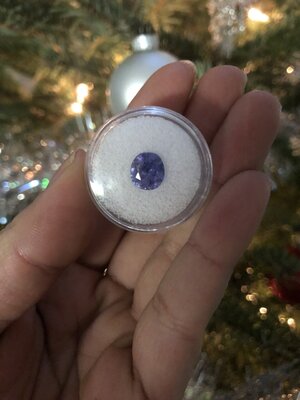
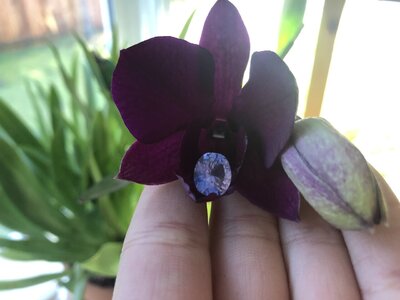
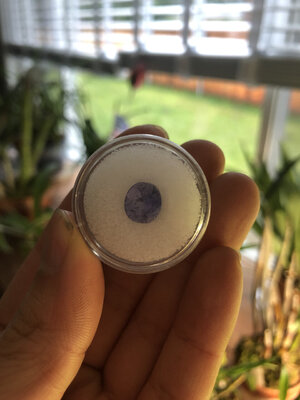
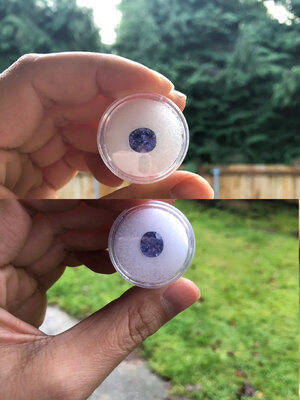
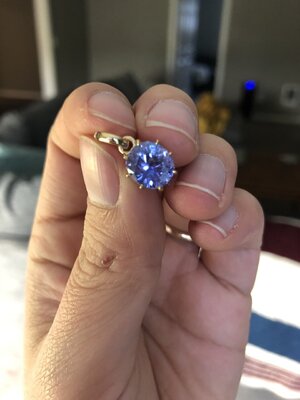
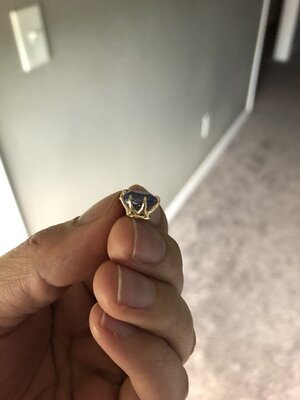


300x240.png)